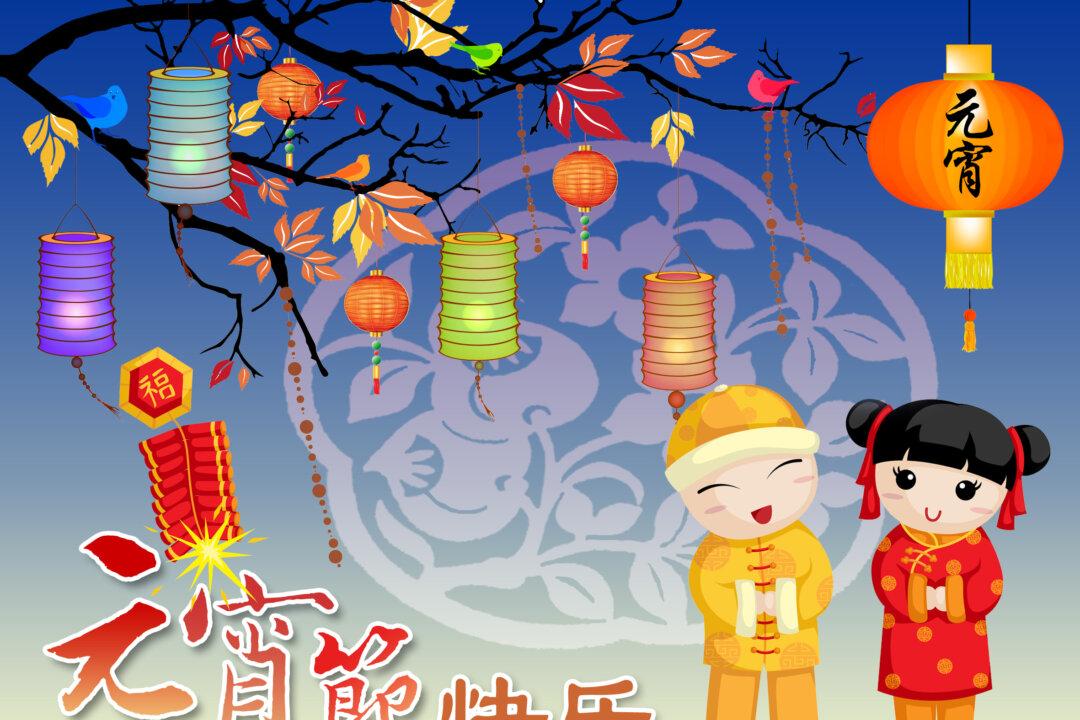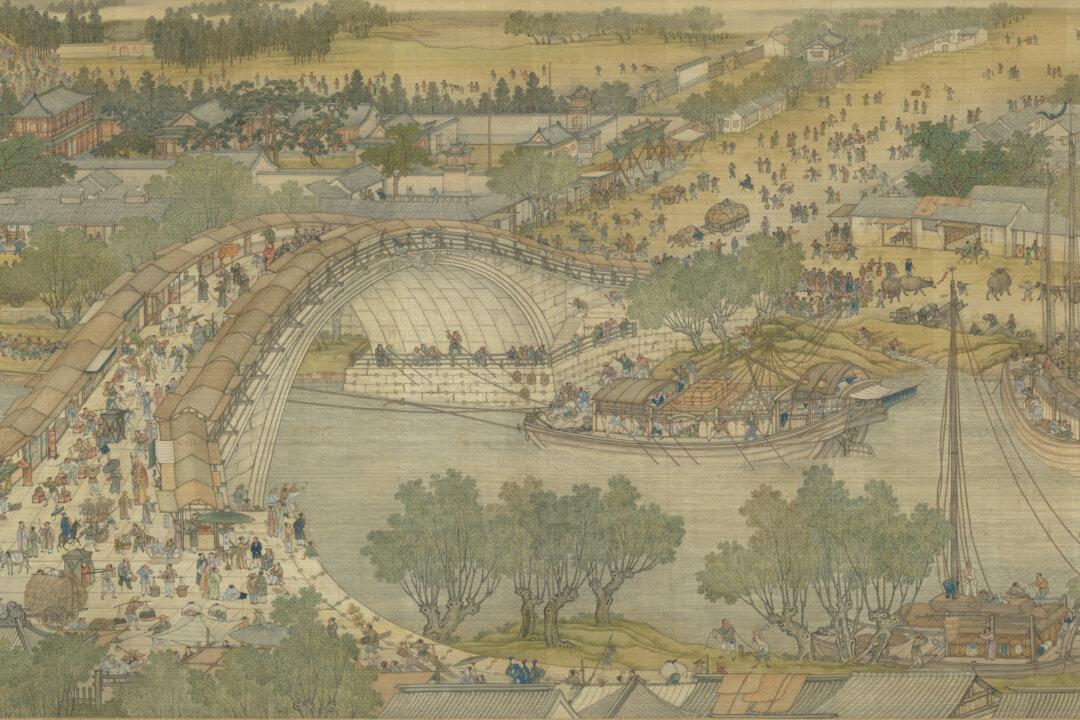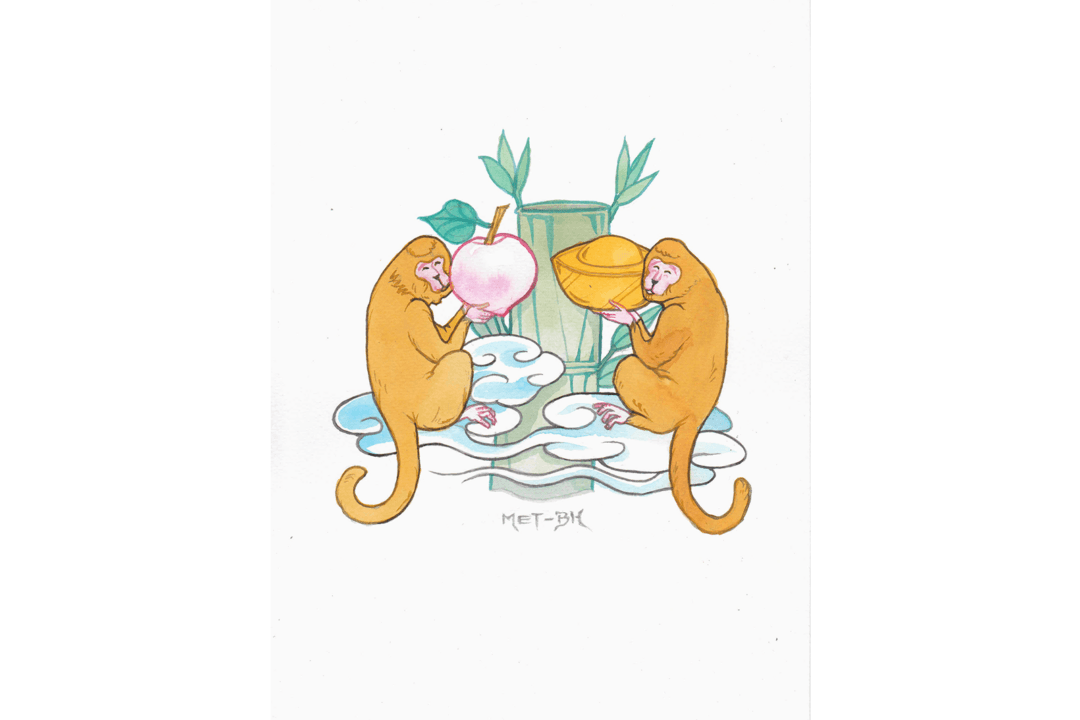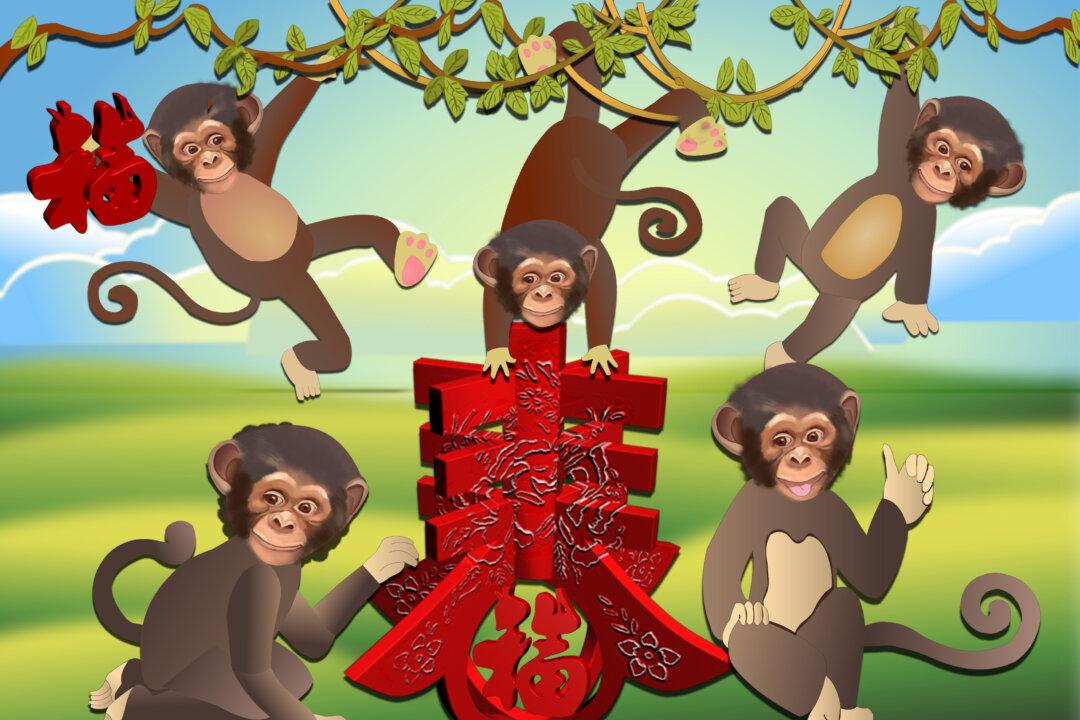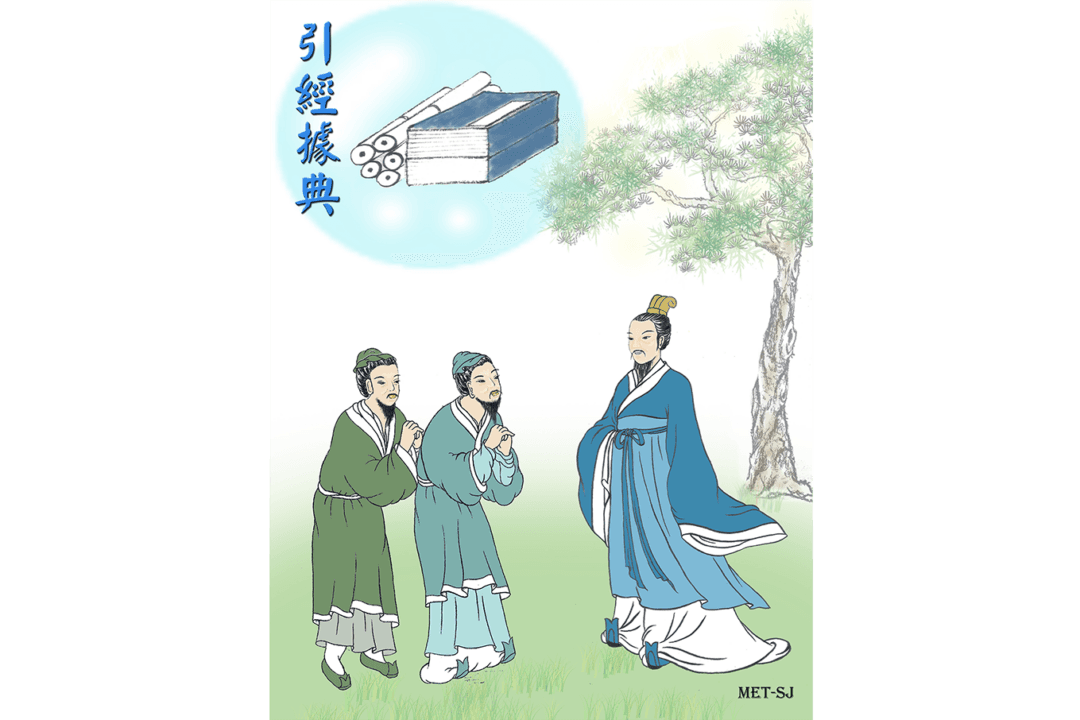The Lantern Festival is one of the most important of five traditional festivals in China. Always on the 15th day of the first month of the lunar calendar, this day brings the Chinese New Year festivities to their peak and also marks the end of the New Year celebrations. This year it falls on Feb. 14, coincidentally Valentine’s Day.
The Lantern Festival, or Yuán Xiāo Jié (元宵節) as it is called in Chinese, has many different origins. The name itself is important as it relates to the first month of the year, yuan, and the ancient Chinese word for night, xiao. As for timing, the first full moon of the year occurs on the 15th.
Most of the legends of the origin of the festival can be traced back to the Han Dynasty (206 B.C.–A.D. 220). Just as traditional Chinese culture is closely connected with the natural world and beliefs, the Lantern Festival is also linked with religion and legends.
One of the earliest legends tells of how the first emperor to unify China, Qinshihuang, instituted elaborate ceremonies on this auspicious day to worship Tai Yi, the God of the Heavens. The hope was to receive blessings and divine favor in the New Year. Later, in 104 B.C., Han Wudi made it an official celebration, with the ceremony lasting until the next day.
Other legends suggest that bright, red lanterns were created and displayed to trick Gods into believing that a village that had incurred divine wrath was already ablaze and didn’t need to be destroyed. Yet another suggests that, along with displaying lanterns, the sweet dumplings tangyuan, also called yuanxiao, were made to appease the offended God who liked the sweet treat.
In China, there are many ways to celebrate the festival. However, lanterns and yuanxiao are the two most popular items for the day and they have become the symbols of the festival.
Eating Yuanxiao
During the Song Dynasty (A.D. 960–1279), eating yuanxiao became an important part of the Lantern Festival.
Yuanxiao, also called tangyuan, is a small, ball-shaped dumpling made of glutinous rice flour or wheat flour with a filling inside. They can be boiled, fried, or steamed. The round shape of the dumpling symbolizes family togetherness.
In ancient times, yuanxiao was usually filled with sugar, walnuts, sesame, rose petals, sweetened tangerine peel, red bean paste, dates, lotus seed paste, or dried fruits. A single ingredient or any combination would be used. Today, a salty variety made from minced meat, vegetables, or a mixture of the two has been added.
The southern Chinese method involves shaping rice flour dough into balls, making a hole, inserting the filling, and then smoothing out the dumpling by rolling it between your hands.
In northern China, sweet or non-meat stuffings are the usual ingredients. The filling is pressed into a hard center that serves as a core. This is dipped lightly in water and then rolled in a flat basket containing dry, glutinous rice flour. This core is rolled and rolled in the flour, like making a snowball, until the ball is the desired size.
Although the types of yuanxiao vary from place to place, for Chinese people, eating yuanxiao with families united in a joyful atmosphere is the most important part of this day
Enjoying Bright Lanterns
It is said that the second emperor of the Eastern Han Dynasty (A.D. 25–220), Ming, was a devout Buddhist. He established the custom of holding the Lantern Festival on the 15th day of the first lunar month.
Emperor Ming was crowned in A.D. 57 and reigned for 19 years. When he learned that monks in India would gather together to worship a Buddha relic on the 15th day of the first lunar month, Ming decided to make that an auspicious time to worship Buddha as well. He held “Enlightening for the Buddha” ceremonies in the palace at night with many lanterns lit. It was very beautiful. The temples in China followed the custom first, and then it spread to households.
With the increase in the cultural influence of Buddhism and Daoism in later dynasties, the custom of “enlightening” on the 15th of the first month gradually expanded to all of China.
Traditional lanterns were large and colorful, often shaped like ancient Chinese architecture or round balls. The frames were usually made of bamboo, which would then be covered with colored paper or silk.
In modern times, plastic sheets cover wire frames. Cartoon lanterns, glass lanterns, and flashlight lanterns can be seen among the more classical lanterns.
Lantern parks are built all over China just for the festival. People can enjoy the colorful art pieces during the day and the lit lanterns shining with dazzling brilliance at night. The scene is so wonderful that people will go out just to enjoy the lanterns or to take part in solving the lantern riddles with their families or friends.
Solving Riddles
Lantern riddles are written directly on the displayed lanterns. During the festival, people can guess the answer from a character, a poem, or a phrase. The riddles usually consist of three parts: the riddle, a tip (whether it’s a person, thing, character, or reasoning), and an answer.
In order to figure out a lantern riddle, you must ponder the deeper meaning of each character or word in the riddle. The one who solves the most riddles is regarded as the most knowledgeable person of that year and place.
Examples of riddles:
Riddle: A few brothers sit together around a pole. When they are separated, their clothes will be torn.
Tip: Thing
Answer: Garlic
Riddle: What building has the most stories?
Tip: Thing
Answer: Library
Riddle: Which is faster, hot or cold?
Tips: Reasoning
Answer: Hot, because you are hot and you can catch a cold.
In a traditional setting, much laughter and applause marks this customary event.
Other Festival Celebrations
Along with eating delicious yuanxiao and riddling with colorful lanterns, in different parts of China, there are other activities to celebrate the festival.
Lighting Fireworks:
Fireworks are an important part of this holiday or occasion in Chinese communities around the world. Lighting fireworks, which are primarily designed to produce a large amount of noise, is believed to scare away malevolent spirits, thus driving away misfortune.
Dragon Dance:
Chinese regard the dragon as a sacred animal. For over 2,000 years, the Dragon Dance has been a form of traditional dance and is now a regular event during the Chinese Lantern Festival. It is performed by a group of people who carry each part of the dragon, head to tail, in a continuous line.
Lion Dance:
The Lion Dance is another form of traditional dance in Chinese culture. In this dance, two performers mimic a lion’s movements in an elaborate lion costume. This usually includes some tumbling and acrobatics.
Calligraphy: Some village calligraphers will display their high-level skills by writing lantern riddles or painting pictures during the Lantern Festival.
Puppet Show:
This puppet show highlights moveable wooden dolls and has its roots in ancient times. Rod-top puppets, string puppets, and hand puppets are used in this show to delight children.
Shadow Play:
It is also known as shadow puppetry. Shadow play involves cut-out shapes of figures that are held between a source of light and a translucent screen. Various effects can be achieved by moving both the puppets and the light source. It is an ancient form of storytelling and entertainment.
Running Off the 100 Illnesses:
Groups of Chinese women, especially in Taiwan, go on evening tours during the Lantern festival. They visit in the cities or the countryside, sightseeing in the streets or going to temples. It is believed that being out and about will drive away illness and keep them healthy through the year.
The Lantern Festival is regarded as the most recreational, or participatory, festival in China. Everyone is usually involved on some level and eminent poets throughout Chinese history have chronicled the traditions of the festival.
While the customs of the Lantern Festival have changed significantly over the years, enjoying the lanterns and eating yuanxiao have remained the most prevalent observances in celebrations by Chinese people all over the world.
